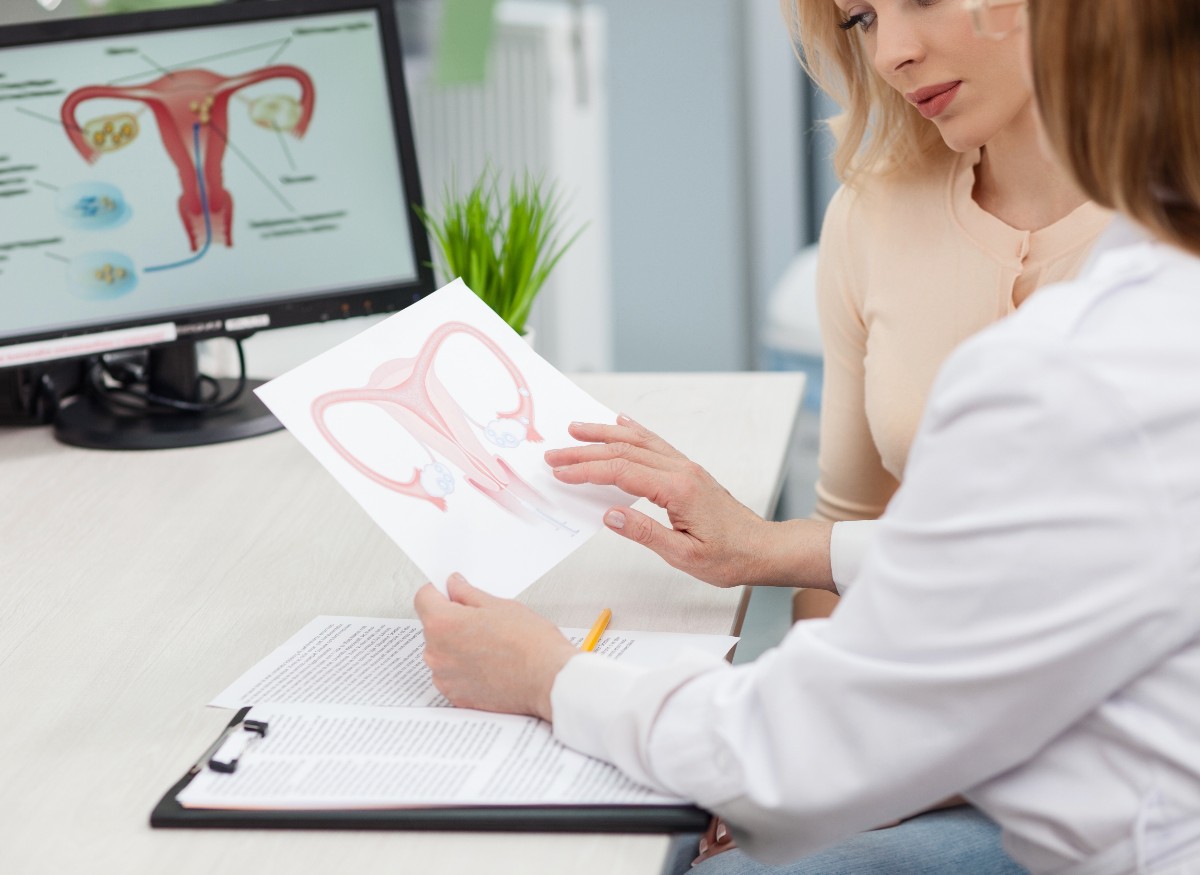
Women with uterine fibroids are often told hysterectomy is the best treatment, even though less invasive options are available, a new study finds.
More than half (53%) of women with uterine fibroids — non-cancerous growths along the wall of the uterus — were presented hysterectomy as the preferred treatment, according to a Harris Poll survey performed on behalf of the Society of Interventional Radiology.
Fewer than 1 in 5 women were presented with options less invasive than hysterectomy, a major surgery involving complete removal of the uterus that requires several weeks of recovery:
-
19% were offered pain-relieving NSAIDs like ibuprofen or naproxen.
-
17% were offered uterine fibroid embolization (UFE), in which the fibroids are shrunk by cutting blood flow to them.
-
17% were offered endometrial ablation, in which laser, electric current or freezing are used to destroy the lining of the uterus.
-
17% were offered hormonal birth control, which can help manage the cramps and heavy bleeding associated with fibroids.
“The survey findings, coupled with the low number of women who were offered a minimally invasive treatment like UFE, indicate that women are not being given all of the information they need to make their own healthcare decisions,” report advisor Dr. John Lipman, founder and medical director of the Atlanta Fibroid Center, said in a news release.
The survey also found that about 17% of women mistakenly think a hysterectomy is their only treatment option for uterine fibroids, including 27% of young women 18 to 34.
“Not offering minimally invasive treatments like UFE in addition to the surgical treatment options is a significant oversight,” Lipman added. “Women need to be informed about the complete range of options available for treating their uterine fibroids; not just the surgical options as is most commonly done by gynecologists.”
Uterine fibroids don’t always cause symptoms, according to Planned Parenthood. When they do, symptoms can include heavier periods, painful cramps, anemia, pain during sex, problems urinating or defecating, and infertility.
More than half of women ages 18–34 (56%) and women ages 35–44 (51%) are not familiar with or never heard of uterine fibroids, according to survey results.
This includes half of Hispanic women and nearly 2 in 5 Black women (37%), results show.
Uterine fibroids are three times more common in Black women and twice as common in Hispanic women, researchers said.
Nevertheless, 36% of Black women and 22% of Hispanic women mistakenly think they are not at risk for developing fibroids, survey results show.
“The survey noted deep disparities in awareness and access regarding fibroids and fibroid treatments among Black and Hispanic women, who have a higher risk factor for developing uterine fibroids,” Dr. Robert Lewandowski, president of the Society of Interventional Radiology and professor at Northwestern Medicine Feinberg School of Medicine, said in a news release.
“The data serve as a guiding light for improving physician and patient educational efforts on various treatments to ensure all women, regardless of background, are informed about their risks and the full range of treatment options available,” Lewandowski added.
The survey results are included in a report from the society called The Fibroid Fix: What Women Need to Know.
The poll was conducted online from May 30 to June 3 among 1,122 U.S. women ages 18 or older, including 167 diagnosed with uterine fibroids. The margin of error is plus or minus 3.2 percentage points.
More information
Planned Parenthood has more about uterine fibroids.
SOURCE: The Reis Group, news release, July 9, 2024
Source: HealthDay
Copyright © 2025 HealthDay. All rights reserved.

Leave a Reply